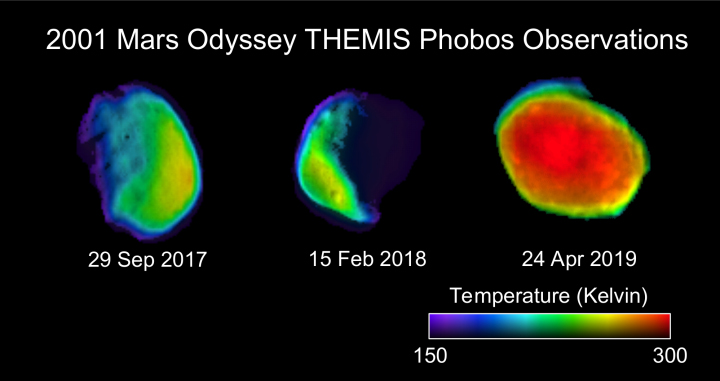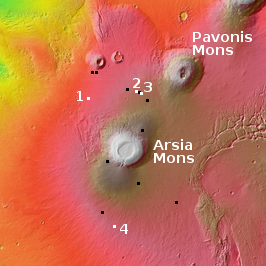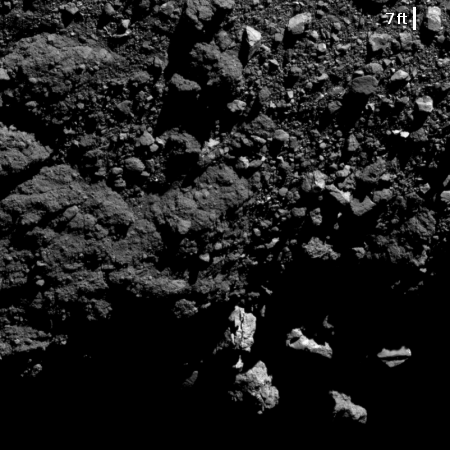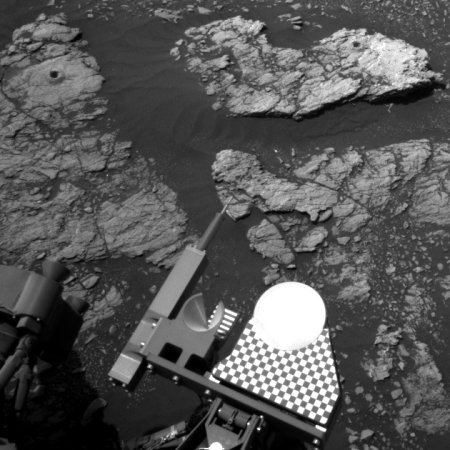Virgin Galactic to move flight operations to New Mexico
Capitalism in space: As promised more than a decade ago, Virgin Galactic yesterday announced that is finally going to move its SpaceShipTwo flight operations from Mohave to the Spaceport America facility in New Mexico this summer.
This fulfills Virgin’s original agreement with New Mexico, where the company agreed to base its commercial operations there if the state spent money to build the spaceport. The move is beginning now, but will mostly occur in the summer. It suggests the company might finally be getting ready to at last begin commercial tourist flights, only a decade-plus later than originally promised.
As is usual, Richard Branson made this a big public relations event. And as is usual, numerous press outlets have swooned over it. I remain very skeptical.
Capitalism in space: As promised more than a decade ago, Virgin Galactic yesterday announced that is finally going to move its SpaceShipTwo flight operations from Mohave to the Spaceport America facility in New Mexico this summer.
This fulfills Virgin’s original agreement with New Mexico, where the company agreed to base its commercial operations there if the state spent money to build the spaceport. The move is beginning now, but will mostly occur in the summer. It suggests the company might finally be getting ready to at last begin commercial tourist flights, only a decade-plus later than originally promised.
As is usual, Richard Branson made this a big public relations event. And as is usual, numerous press outlets have swooned over it. I remain very skeptical.





